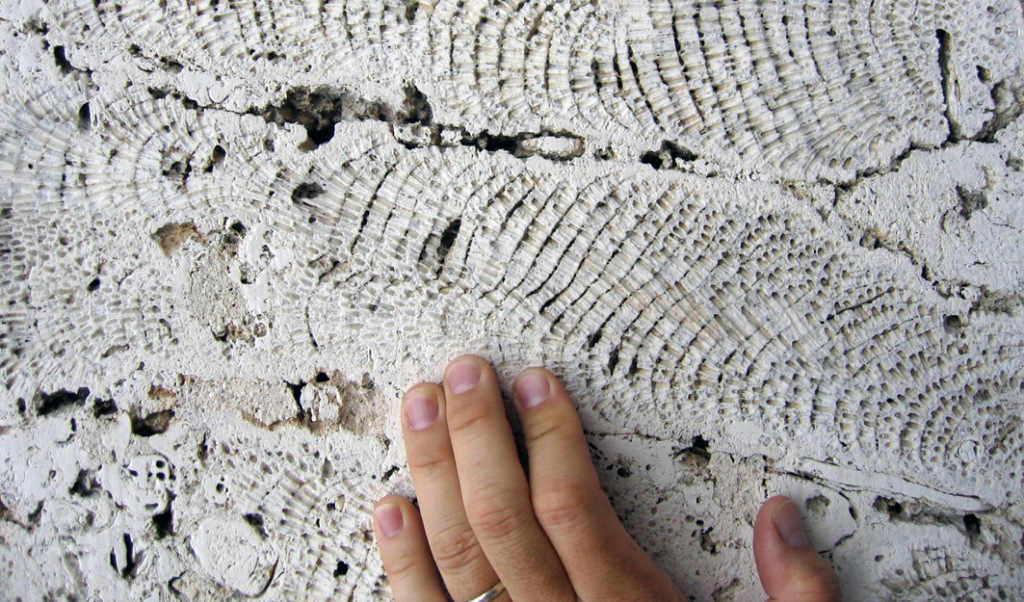
In this project, we aim at systematically analyzing coral archives from Belize barrier and atoll reefs, the largest reef system in the Atlantic, with a multi-proxy approach. We will analyze δ18O and Sr/Ca at high resolution in six existing cores from various reef environments and combine geochemical with sclerochronological data (extension rate, density, calcification rate) covering the 19th and 20th century. We will compare these data with environmental parameters, gridded instrumental climate data, and expressions of climate modes including the El-Niño Southern Oscillation (ENSO), the Atlantic Multidecadal Oscillation (AMO), and the North Atlantic Oscillation (NAO). With this approach, we will be able to contribute to the central scientific question of SPP 2299 of deciphering the interaction between global climate change and modes of tropical climate variability and their combined influence on reef ecosystems in a warming world. Also, we will be able to provide answers to overarching questions as to how rising SSTs and ocean acidification interact with local stressors in this major Atlantic coral reef area.


